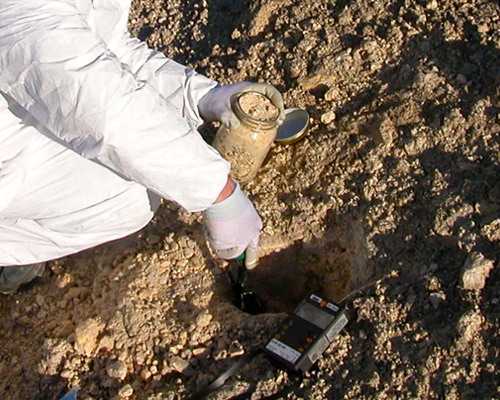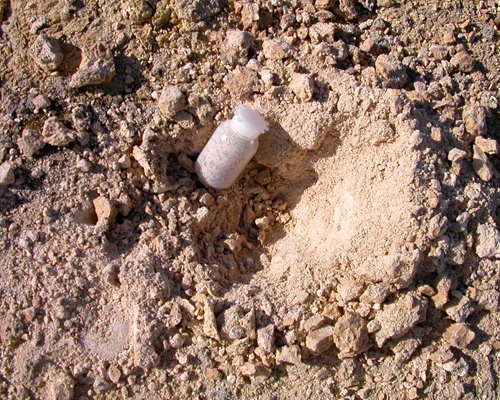Sampling
The sampling is often the most critical activity as part of radiological characterization. BKS has developed sampling procedures of radioactive material based on a scientific approach through statistical criteria.
Each practice must be deeply studied in order to develop the most appropriate sampling methods. BKS can develop ad hoc projects according to the customer’s specific needs. In the following, for explanatory purposes, are provided general guidelines for sampling.
Objects of relatively small dimensions, requiring both direct and indirect measurements, should be measured, as far as possible, entirely.
Even for larger objects, whenever direct measurement of the dose rate or the surface contamination is required, it must be measured, as far as possible, the entire surface of the object.
Medium or large dimensions material, that requires spectrometry measurements or gross beta liquid scintillation counting, should instead be sampled by statistical techniques. This means that all samples must be statistically representative and significant of the material to be characterized.

Example of contaminated materials and related methods for sampling:
| Description | Typical Nuclides | Sampling techniques |
| Soli, sand or concrete matrices | NORM | Statistical sampling |
| Drums, tanks or, in general, slightly contaminated containers after use | 3H and/or 14C | Smear test over 100 % of internal surface |
| Washing or drainage liquids containing traces of radioactive material | 3H, 14C, 60Co, 137Cs, NORM, etc | Statistical sampling |
| Scrap metals | NORM | Direct measuring over 100 % of the accessible surface |
| Metals contaminated by accidental melting of radioactive material | 60Co, 137Cs, 241Am, NORM, etc. | Direct measuring over 100 % of the accessible surface and statistical sampling |
| Instrumentation and equipment | 3H, 14C, 137Cs | Smear test over 100 % of internal surface and/or statistical sampling as a function of size |
| Oil sludge and mud | NORM | Statistical sampling |

There are two different types of sampling for the following types of material:
- sampling of material coming from areas outside regulatory control to determine the value of the reference natural background;
- sampling of material to be measured qualitatively and quantitatively for free release.
Several methods can be used for the first type of sampling, one of which is, for example, the Student’s test.
For the second type there are several technical standards; one of these is the Technical Standard ISO 3951-2: Sampling Procedures for Inspection by Variables. Part 2: General specification for single sampling plans indexed by acceptance quality limit (AQL) for lot-by-lot inspection of independent quality characteristics.
A common application of sampling is Remediation.
